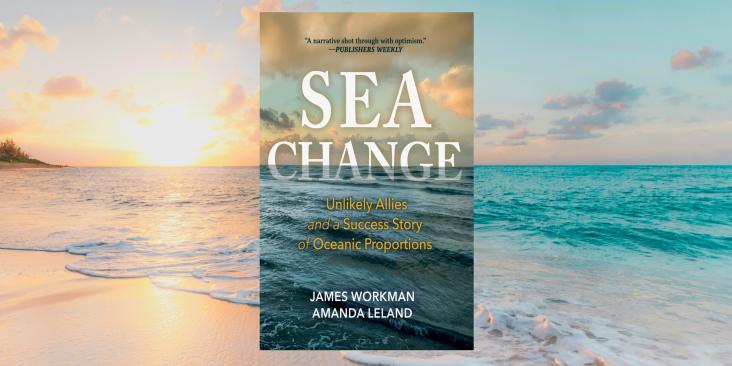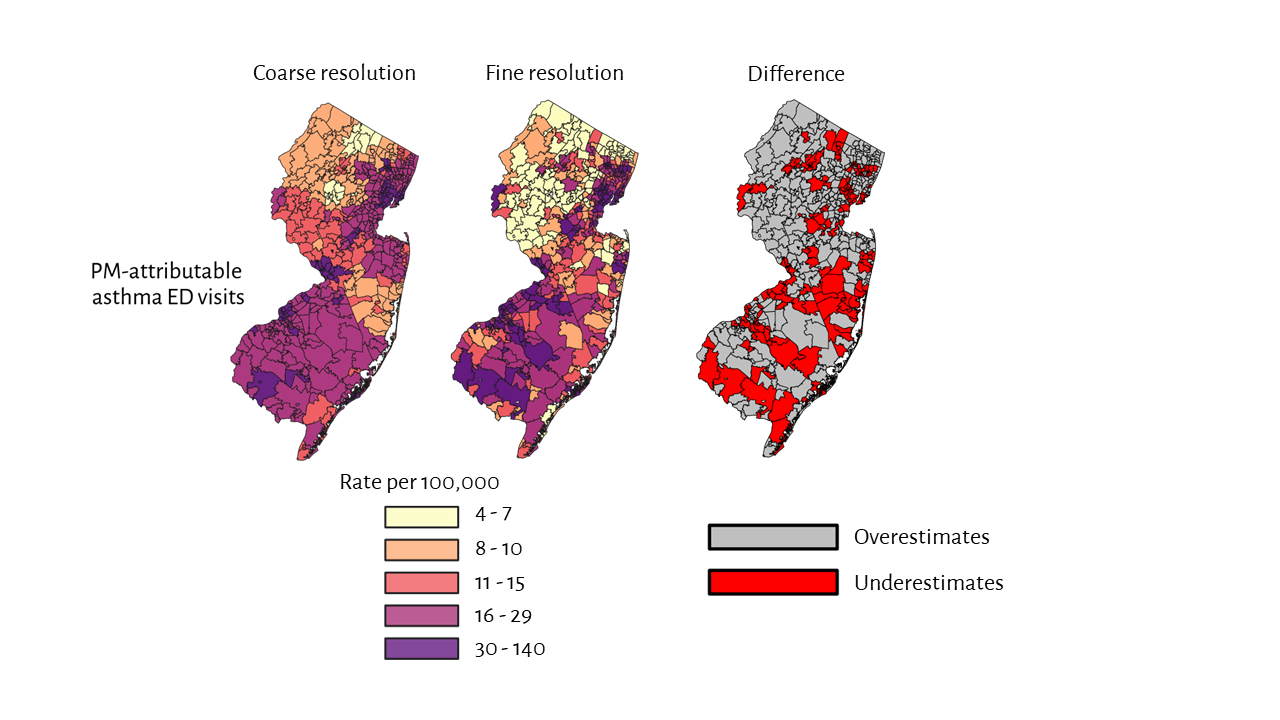In its annual justification of budget estimates to Congress, FDA describes its activities and tracks its performance. One of those performance measures is the percentage of food- and color-additive petitions (FAPs/CAPs) the agency has reviewed and completed within 360 days of receipt.[1]
We analyzed FDA’s reports to Congress published from 2016 to 2023 and found that FDA told Congress it had completed 100% of its reviews within 360 days in every year but one. The exception was FY2020, when the rate dropped to 89%. During that 7-year period, the agency reported that it had filed a total of 51 petitions. (See Table 1.)
Why It Matters
FDA’s impressive claims about the percentage of FAP/CAP reviews it completed run contrary to our experience and the available evidence:
- FDA’s own webpage describes seven petitions that have been under review for over 360 days. (See Table 2.) Five of those overdue petitions were filed in FY2021, when the agency claimed it had reviewed and completed 89% of them. The agency reports filing and reviewing only two petitions in that year.
- Four of five petitions submitted by food safety advocates for which the agency has made a decision were in FDA’s review pipeline for over 360 days.[2] For three of those overdue petitions, FDA acted only after petitioners sued in court for unreasonable delay. (See Table 3.)
- FDA’s guidance for industry on these petitions says, “the average time between submission until a final rule is published for a direct food additive petition is 24 months and for color additive petitions, the approval process varies significantly.”
Our Take
Accurate and transparent reporting empowers Congress to:
- See that the agency is having difficulty meeting its deadline for reviewing FAPs/CAPs; and
- Set priorities and evaluate FDA’s funding requests more effectively.
Our Research Findings
Table 1 summarizes those findings. We excluded years where we did not have data for both petitions filed/reviewed in the fiscal year and the percent of petitions reviewed within 360 days.[3]
|
Table 1: FDA’s Reporting of Office of Food Additive Safety Activity (Year of Budget Justification Reports) |
||
| Fiscal Year | FAPs/CAPs
Filed/ Reviewed* |
FAPs/CAPs Percent Reviewed within 360 days |
| FY2015 |
10 / 11 |
100% (2017 report p. 57 & 2016 report p. 59) |
| FY2016 | 7 / 7
(2017 report, p. 60) |
100% (2018 report p. 54 & 2017 report p. 57) |
| FY2017 | 10 / 10
(2018 report p. 57) |
100% (2019 report p. 67 & 2018 report p. 54) |
| FY2018 | 10 / 10
(2018 report p. 57) |
100% (2021 report p. 80 & 2020 report p. 68 & 2019 report p. 67) |
| FY2019 | 5 / 5
(2021 report p. 82 & 2020 report p. 70) |
100% (2022 report p. 96 & 2021 report p. 80 & 2020 report p. 67) |
|
FY2020
|
7 / 7
(2021 report p. 82) |
89% (2023 report p. 66) |
| FY2021
|
2 / 2
(2022 report p. 98) |
100% (2023 report p. 64 & 2022 report p. 96) |
|
* Reviewed includes approved, withdrawn, or placed in abeyance due to deficiencies during the fiscal year. |
||
Table 2 identifies all food and color additive petitions that FDA’s website reported as under review (and not in abeyance or decided) as of April 7, 2023. “Days Under Review” is calculated as of that date.
|
Table 2: Status of Food and Color Additive Petitions |
|||
| Substance and Requested Action | Petition No. | Filing Date | Days Under Review |
| Revoke BHA | FAP 0A4216 | 6/22/90 | 11,977 |
| Allow jagua (genipin-glycine) blue | CAP 0C0317 | 7/31/20 | 980 |
| Allow Vitamin D3 | FAP 1A4827 | 2/3/21 | 793 |
| Allow Gardenia Blue Powder | CAP 1C0319 | 4/20/21 | 717 |
| Allow vitamin D2 mushroom powder | FAP 1A4828 | 6/8/21 | 668 |
| Allow blue Galdieria (Galdieria sulphuraria) extract | CAP 1C0320 | 7/27/21 | 619 |
| Allow vitamin D2 heat-killed (“inactive”) baker’s yeast | FAP 1A4829 | 9/28/21 | 556 |
| Allow myoglobin | CAP 2C0322 | 12/13/21 | 480 |
| Revoke bisphenol A (BPA) | FAP 2B4831 | 5/2/22 | 340 |
| Revoke Red Dye No. 3 | CAP 3C0323 | 11/15/22 | 143 |
Table 3 reviews the timing of FAPs/CAPs submitted by food safety advocates since 2014. Where available, FDA’s decision on the petition is noted, as well as whether petitioners went to court asking a judge to issue a writ of mandamus to order the agency to act. For each of those lawsuits, FDA agreed relatively quickly to a schedule to make a final decision on the petition.
|
Table 3: Timing of Review for Advocates’ Petitions |
|||||
| Substance and Requested Action | Filing Date | Decision Date | Days Under Review | Decision | Lawsuit Filing Date |
| Perchlorate as FCS | 12/31/14 | 4/28/17 | 849 | Denied | 3/31/16 |
| Long-chain PFAS (non-sulfonated) as a food contact substance (FCS) | 1/7/15 | 12/29/15 | 356 | Accepted | None |
| Carcinogenic flavors as food ingredient | 8/17/15* | 10/2/18 | 963 | Accepted for 6 of 7 | 5/17/18 |
| Ortho-phthalates as FCS | 4/12/16** | 5/20/22 | 1516 | Denied | 2/7/21 |
| Lead acetate as cosmetic color additive | 2/24/17 | 10/25/18 | 618 | Accepted | None |
| Bisphenol A as FCS | 5/2/22 | Pending | |||
| Red Dye No. 3 | 11/15/22 | Pending | |||
| * Revised to 2/12/16 due to substantive amendments provided by petitioner.
** Revised to 3/26/18 due to substantive amendments provided by petitioner. |
|||||
Next Steps
The agency should explain to Congress and stakeholders how it came up with its numbers and ensure accurate and transparent reporting.
NOTES
[1] The statutory deadline for a final decision on a food or color additive petition is 90 days, with an option to extend for an additional 90 days for a total of 180 days. See 21 U.S.C. §§ 348(c)(2) and 379e(d)(1). We do not know why FDA’s performance measure gives the agency twice as much time to complete a review than is allowed by the law.
[2] Long-chain PFAS food additive petition was processed in 356 days. See Table 3.
[3] FDA reported 100% for FY2014 in the 2016 report(p. 59) but did not include the number of FAPs/CAPs reviewed. In its 2023 report, the agency reported reviewing five FAPs/CAPs (p. 61) but did not provide the percentage of reviews that had been approved, withdrawn, or placed in abeyance in 360 days.













